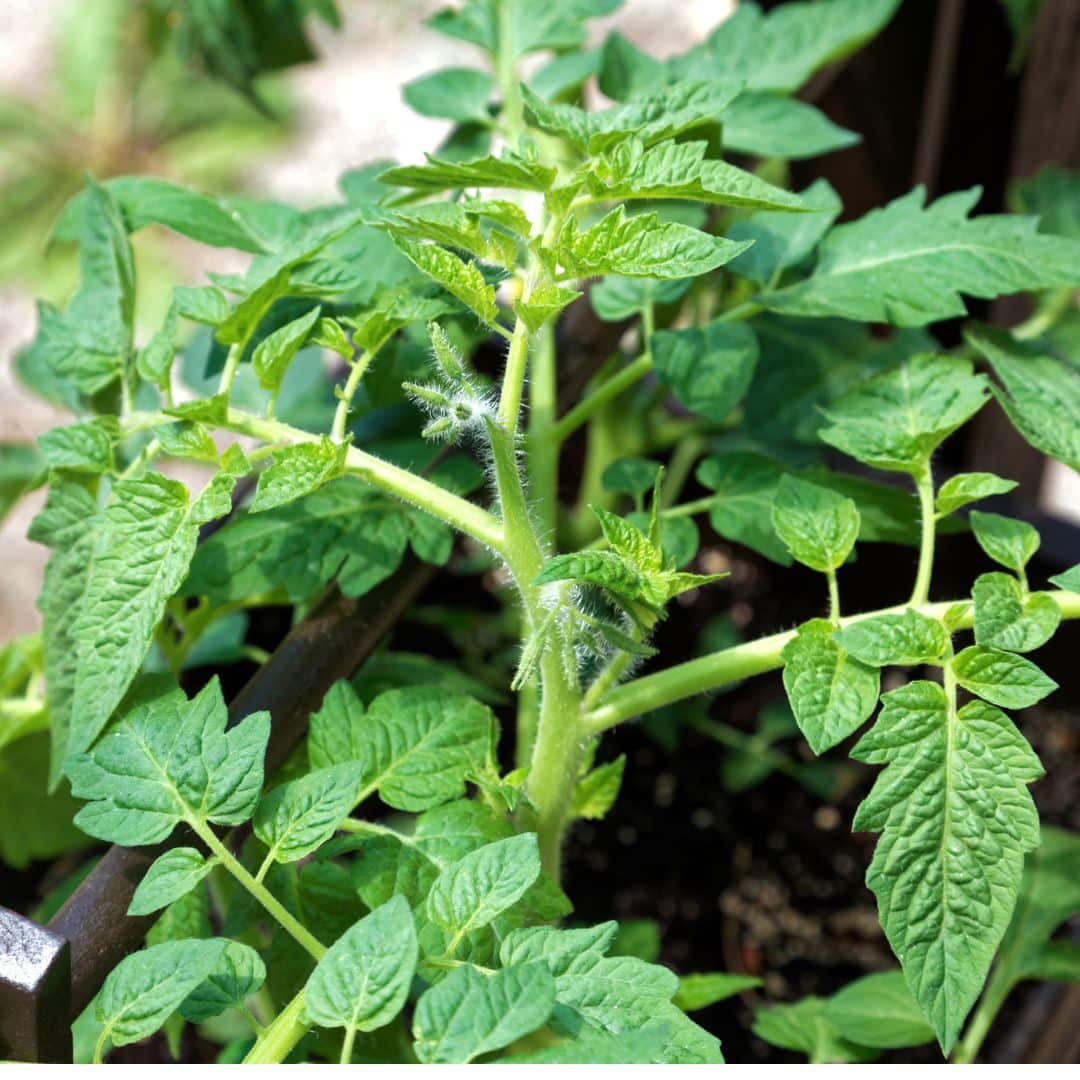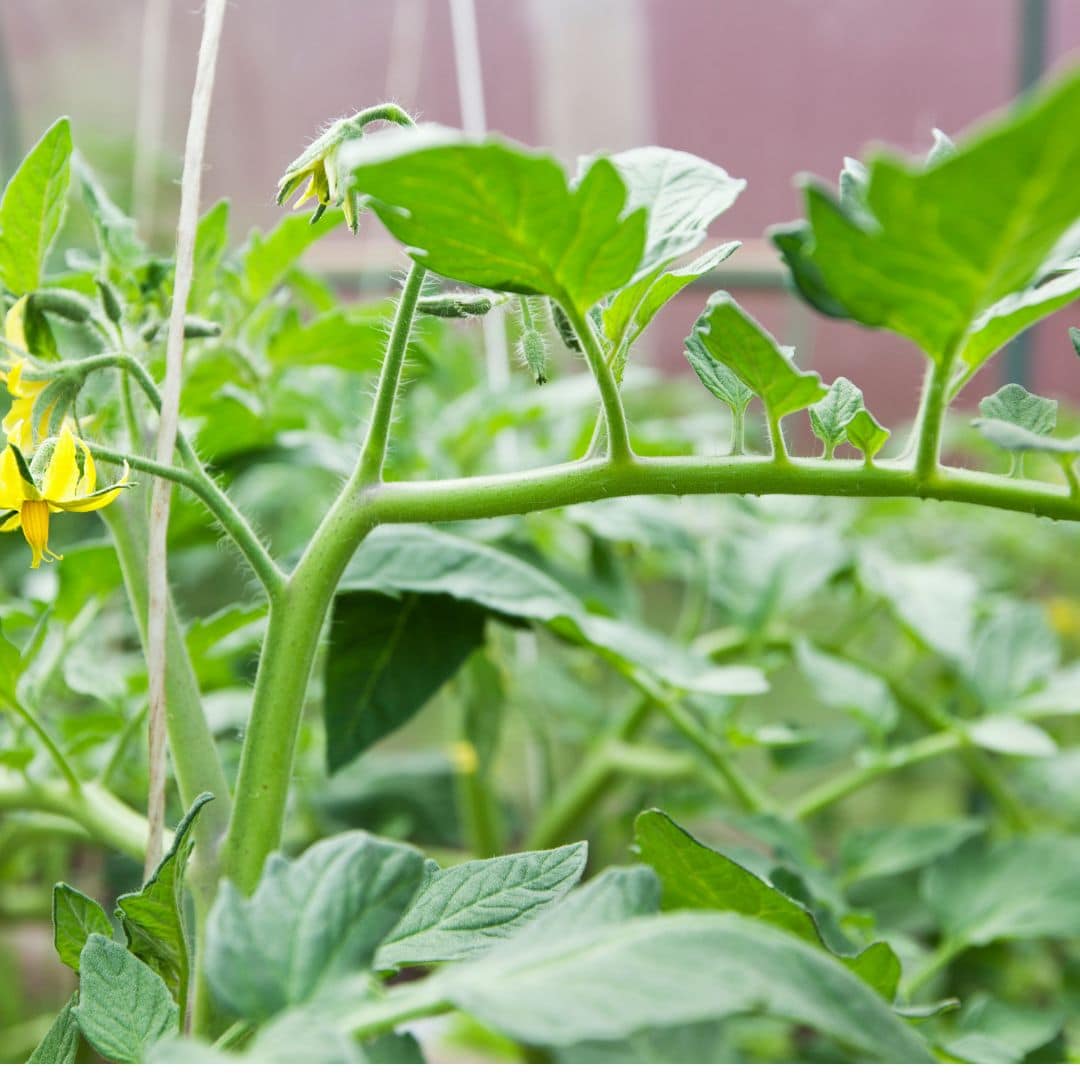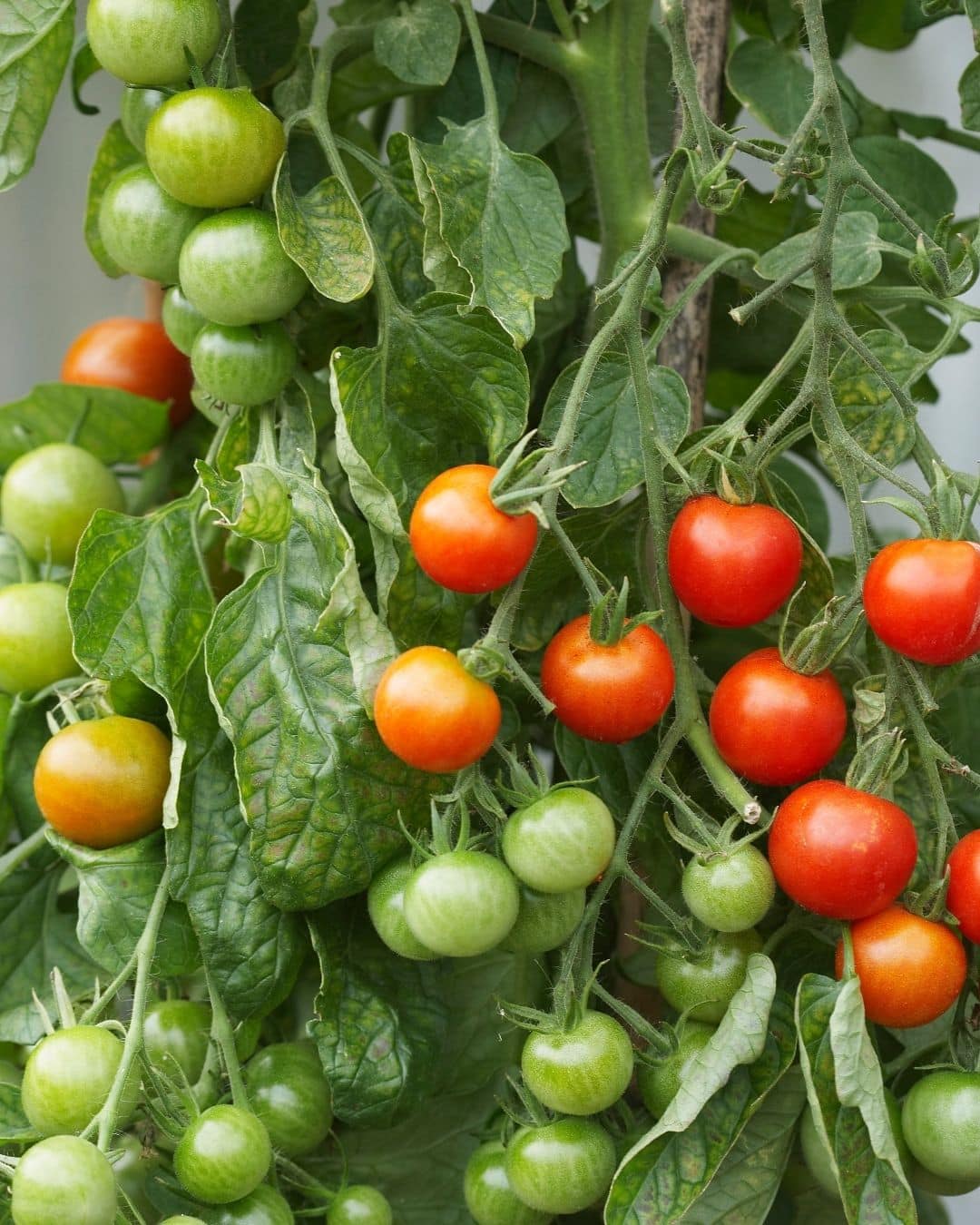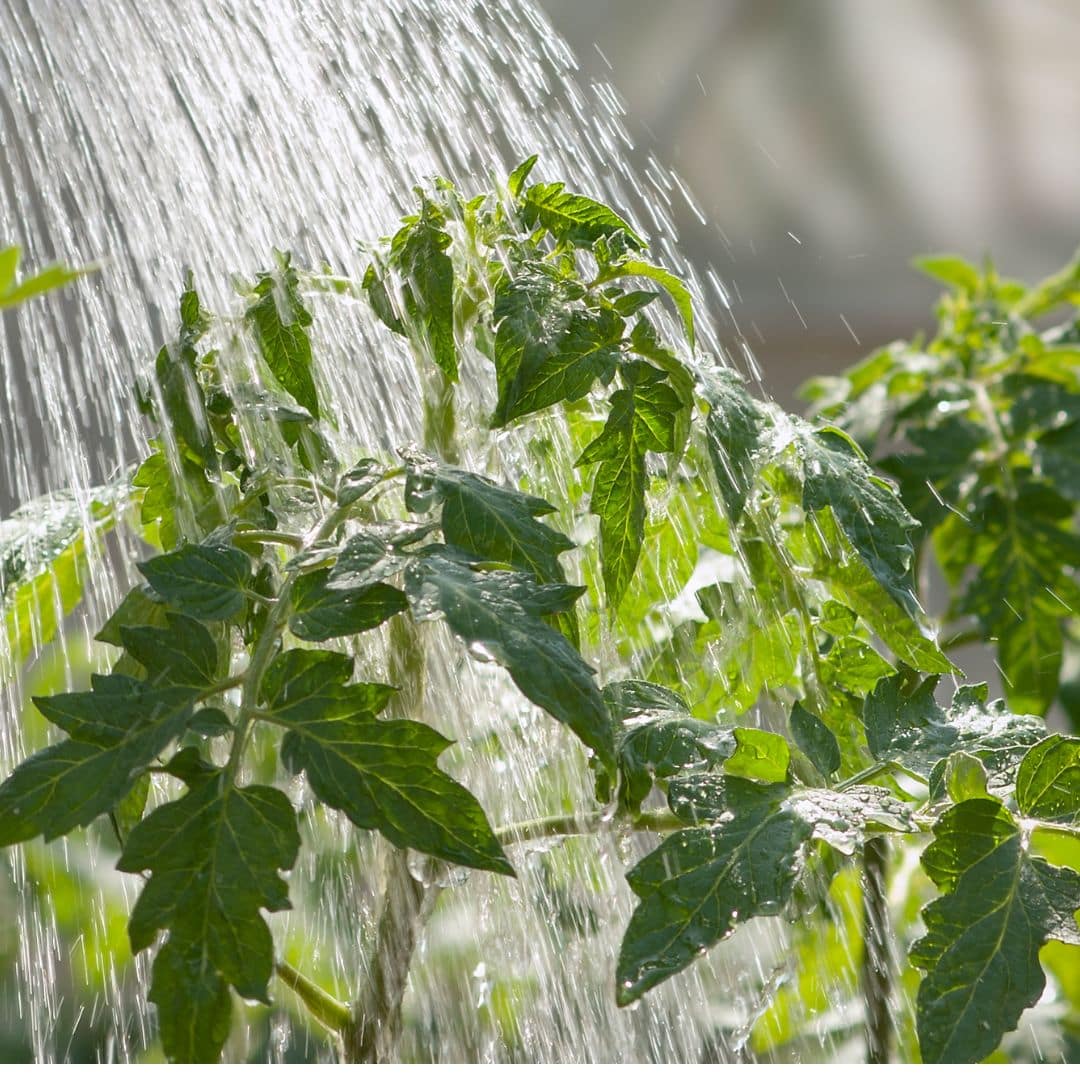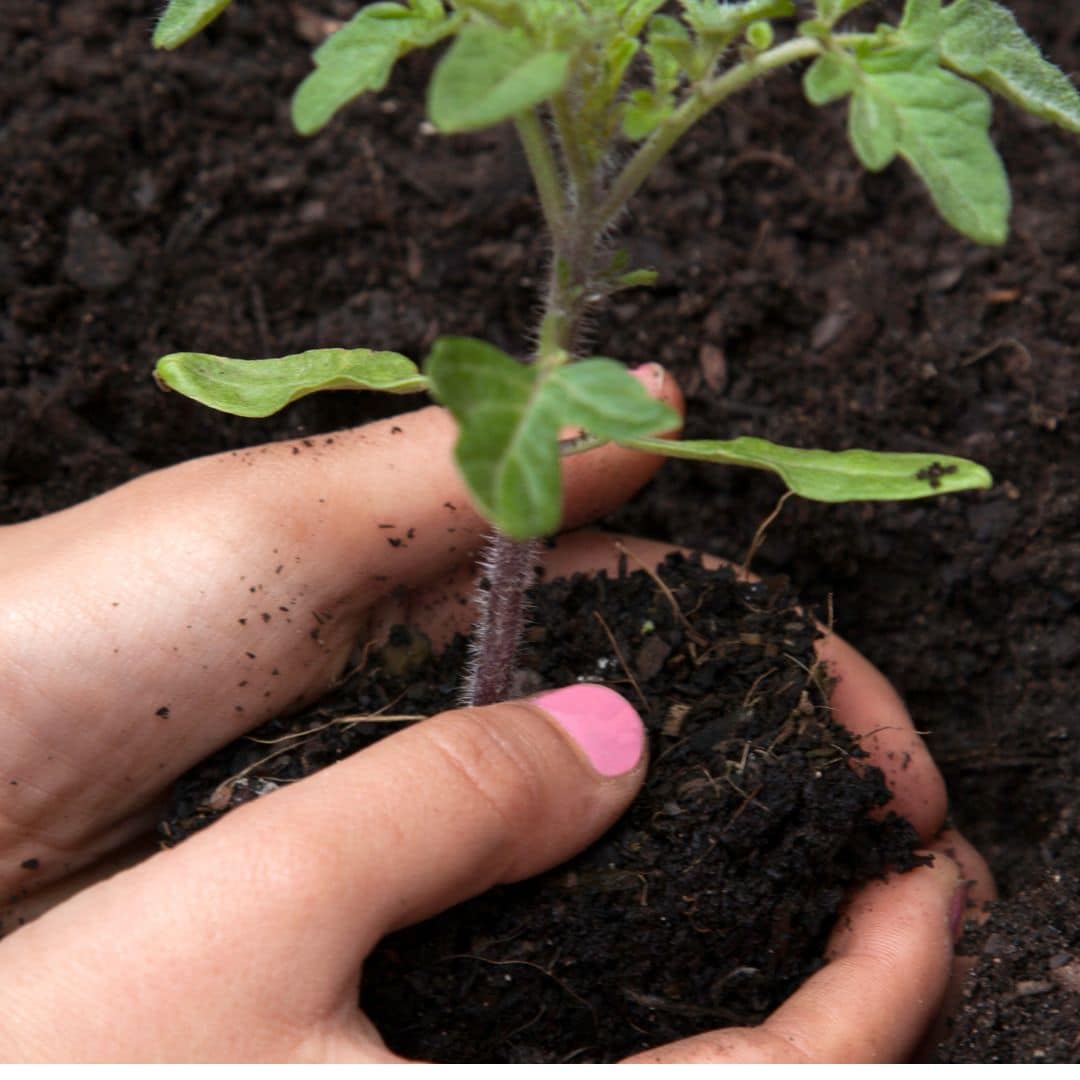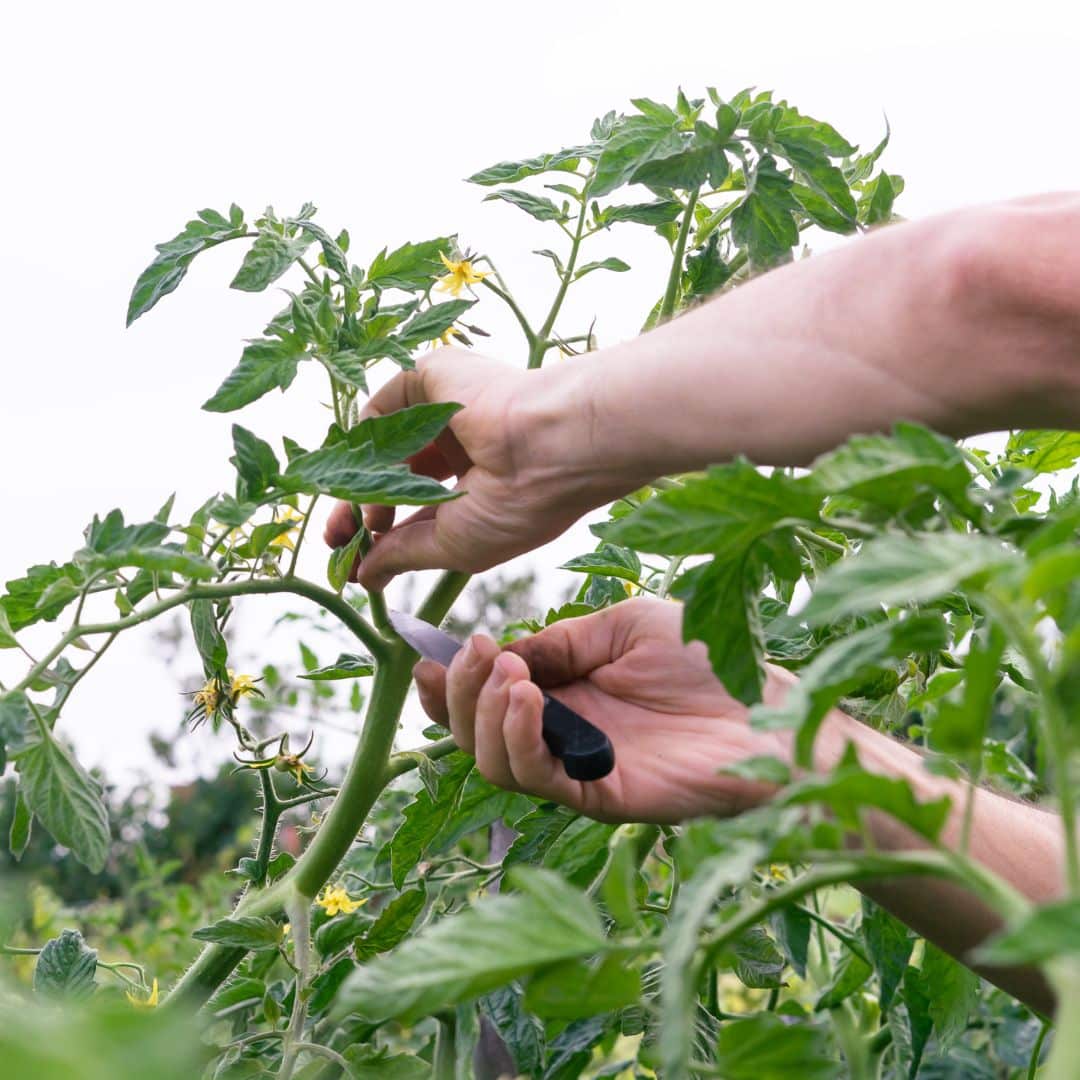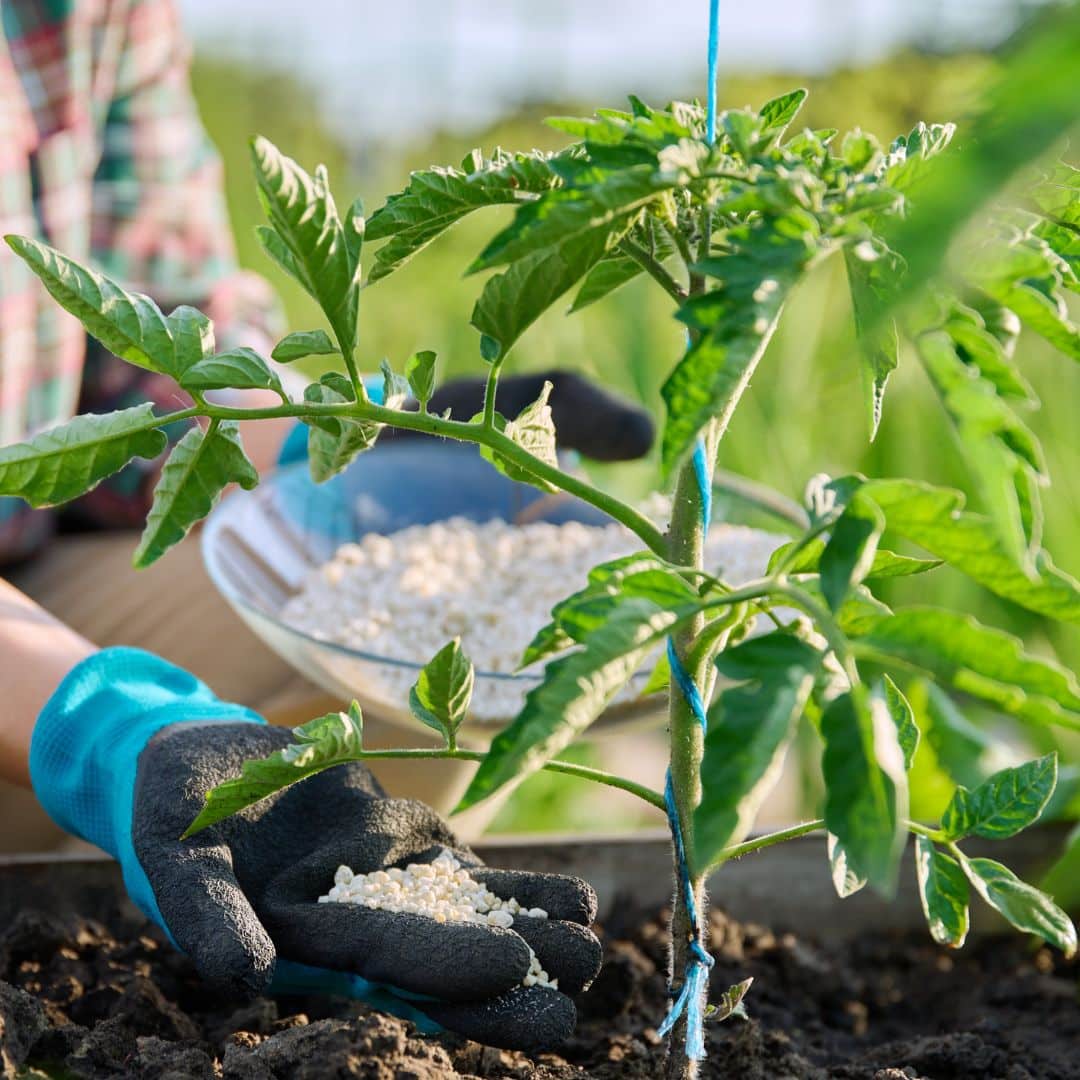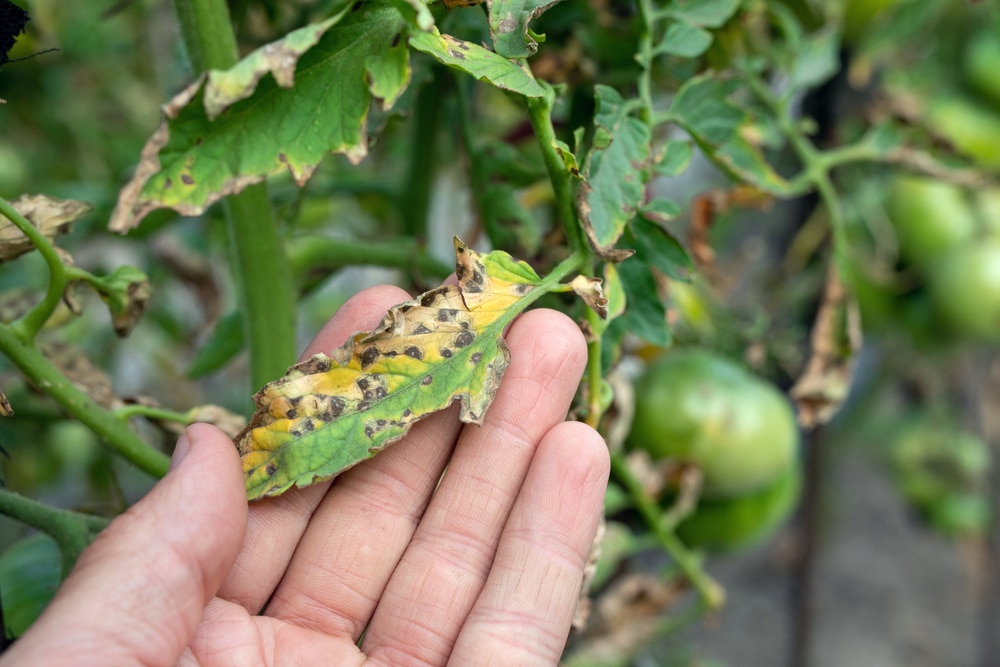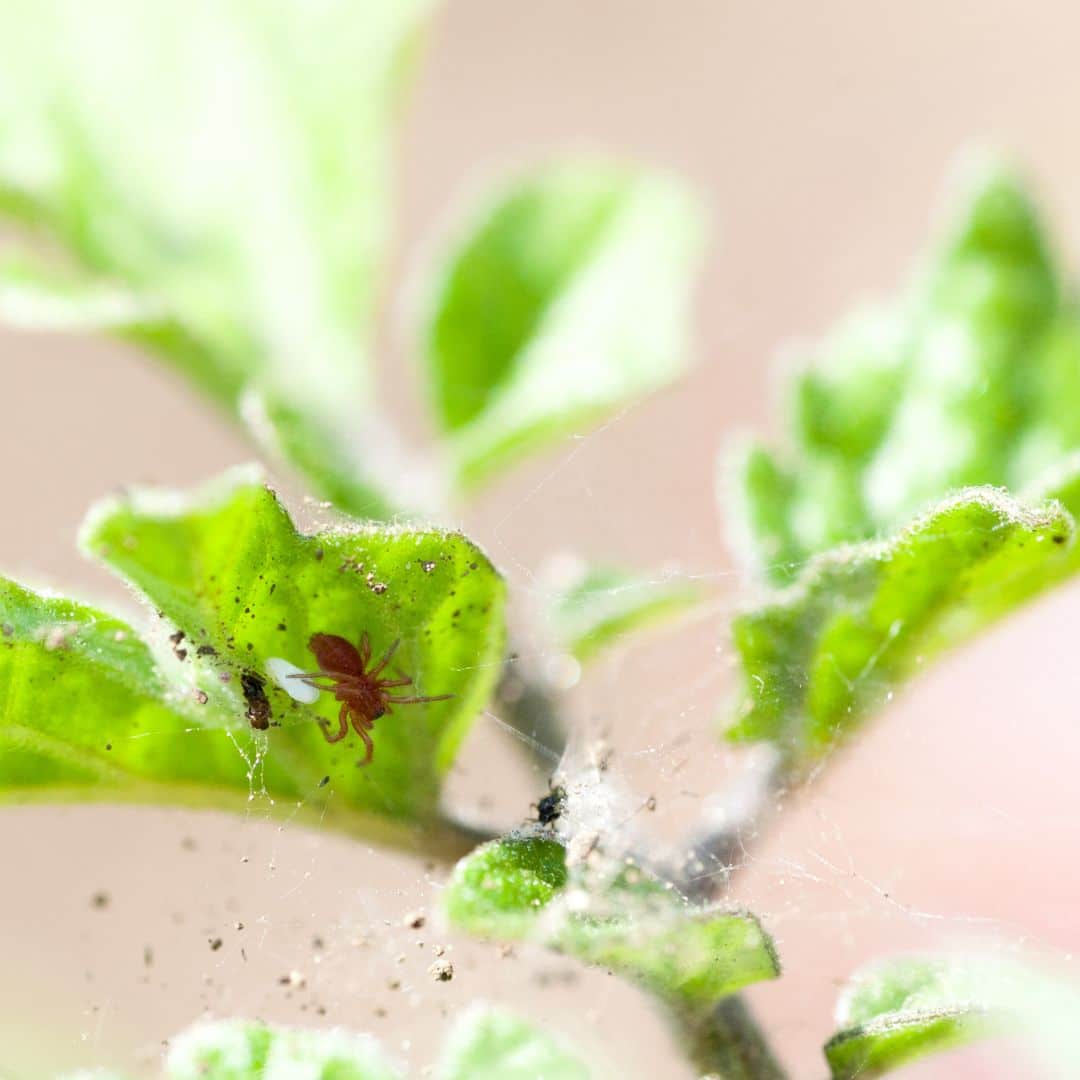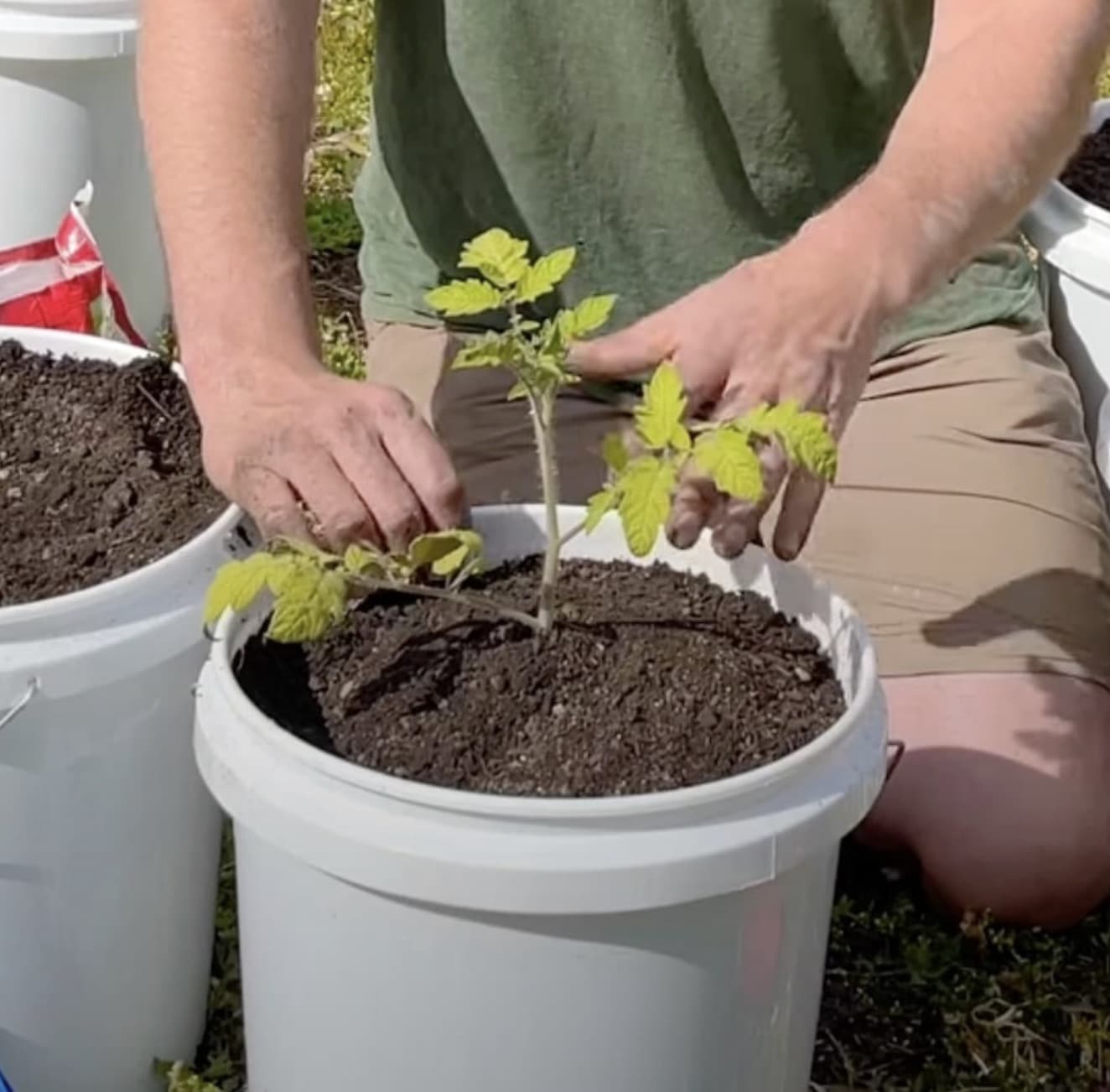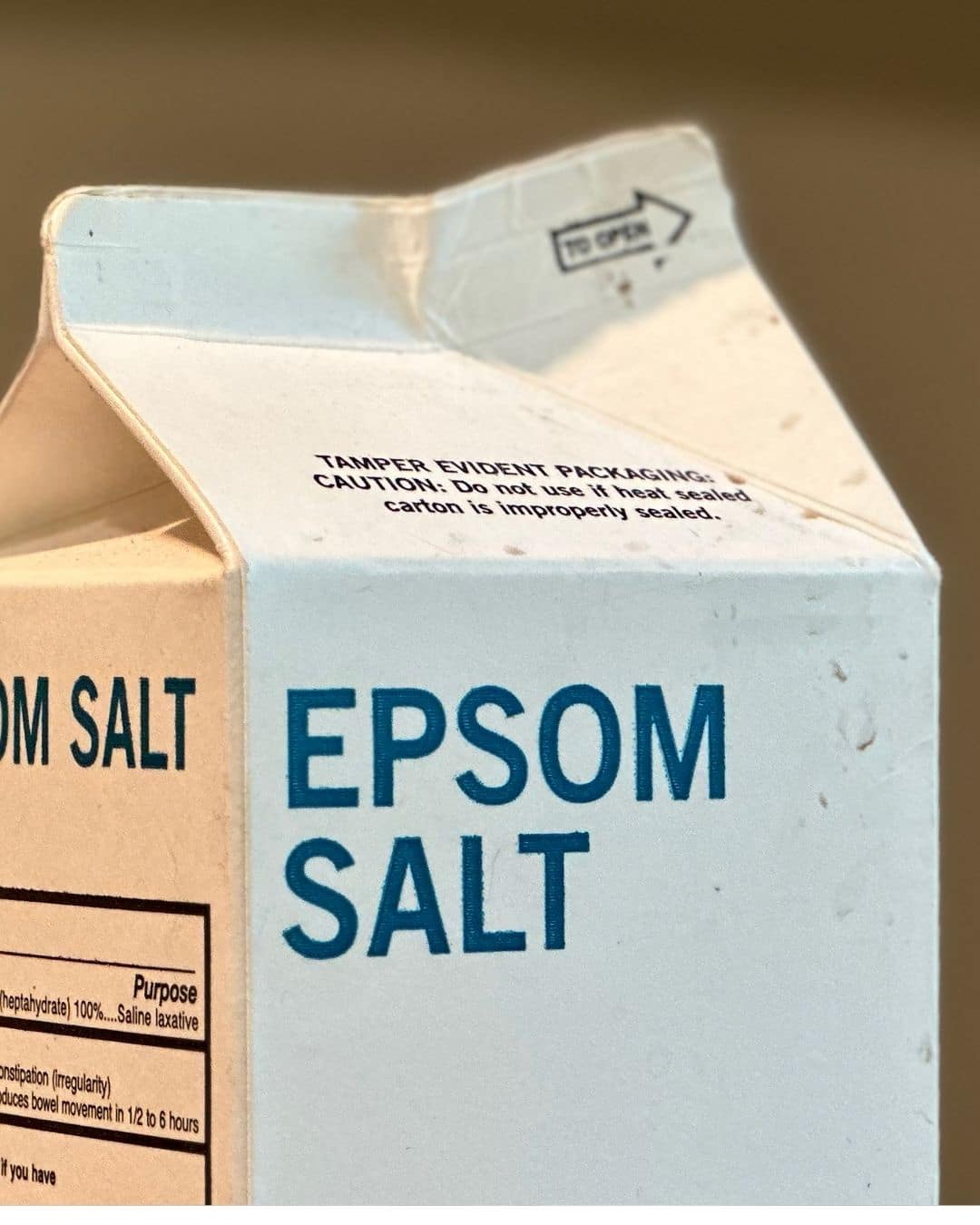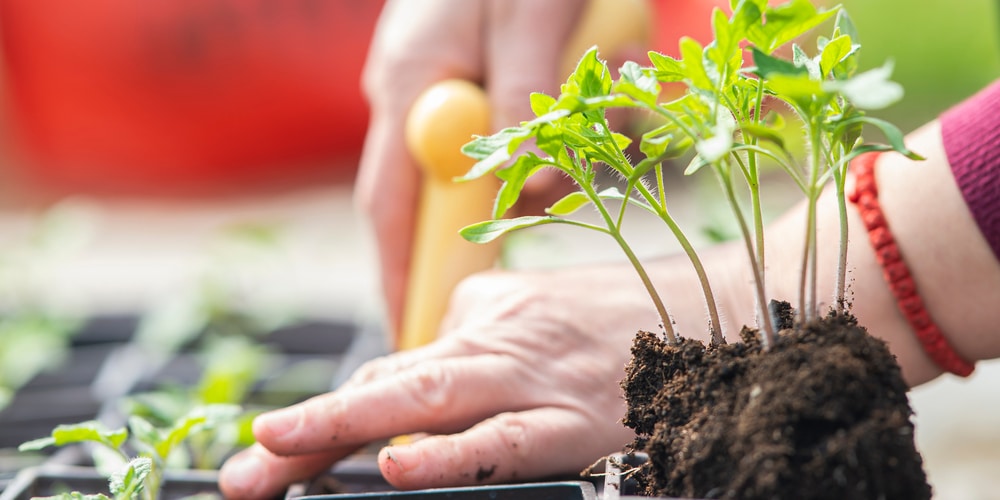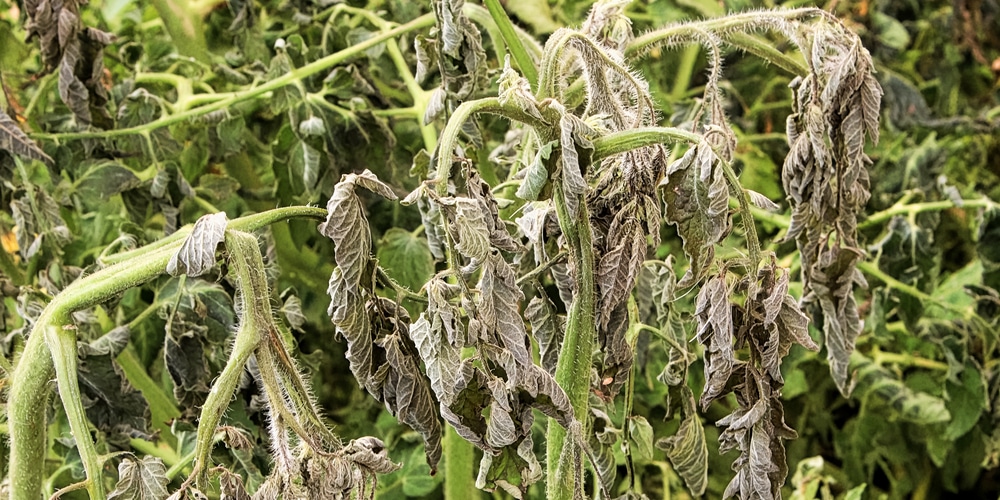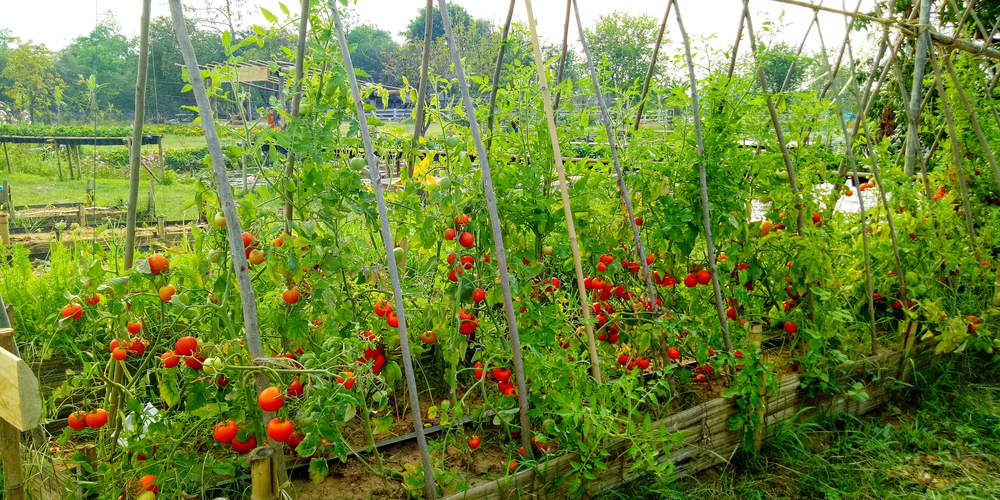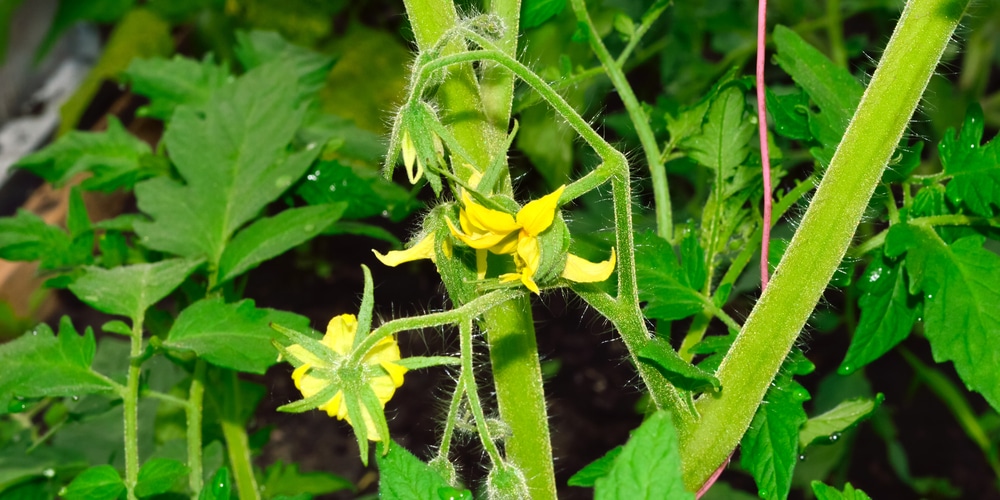You gave your tomatoes good soil, a sunny spot, and all your hope, and still no flowers. Don’t worry. Tomatoes are drama queens, but they’re also predictable.
Let’s walk through the causes from most likely to least, and fix what’s holding back the blooms. We’ll keep the steps practical and the science simple, because this is Gardening Wins, and you’re here to win (and we really don’t want to waste your time).
Start Here: Make Sure It’s Old Enough (and the Right Type)
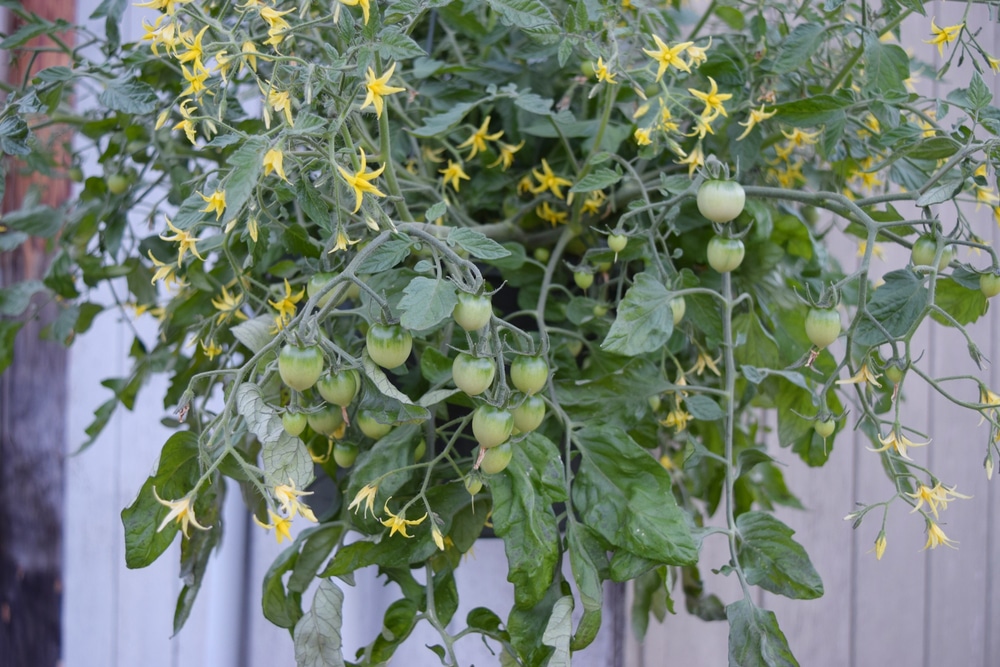
Before we start tinkering, confirm your plant is mature enough to flower.
-
Age check. Most tomato varieties start flowering roughly 4–6 weeks after transplanting into their final spot (or 8–10 weeks from seed, depending on vigor and conditions). If yours is still a teen, give it time.
-
Variety check. Tomatoes come as determinate (grow to a set size, bloom in a flush) and indeterminate (vine types that flower continuously). Many paste and beefsteak types take longer to throw the first trusses than cherries.
-
Early pinching. If you pinched off the first flowers to encourage root growth (not a bad move), you simply delayed the show. They’ll be back.
Fix now: Look up your variety’s days to maturity. If you’re still within that window and the plant looks healthy, patience may be the smartest “fix.”
Big One: Not Enough Sunlight
Tomatoes need full, direct sun—and more is better.
-
Target: 8+ hours of direct sun daily. Six hours is the bare minimum; under that, plants prioritize leaves over flowers.
-
Symptoms: Tall, stretchy growth, wide internodes (big gaps between leaf nodes), and a general “I’m reaching for the light” posture.
-
Common gotchas: Shade from fences, trees, or a neighbor’s RV; “bright” patios that actually don’t get true midday sun; or a greenhouse shaded by roof overhangs.
Fix now:
-
Move containers to the sunniest possible spot—even if it’s a few feet.
-
Reflect more light with a white wall or reflective surface behind the plant.
-
Trim nearby shade (that wild sunflower jungle might be robbing your tomatoes).
-
Space plants so they don’t shade each other. Give indeterminates 18–24 inches between stems on a trellis; determinates need elbow room too.
Runner-Up: Too Much Nitrogen, Not Enough P & K
“Big leaves, no flowers” screams excess nitrogen (N). Nitrogen drives lush foliage. Phosphorus (P) and potassium (K) support flowering and overall plant balance.
-
Symptoms of high N: Very dark green leaves, thick stems, vigorous leaf growth, few or no flower trusses.
-
Fertilizer labels: That N-P-K trio on the bag matters. If your first number (N) has been consistently higher than the other two, you likely tipped vegetative.
Fix now:
-
Stop high-N feeds. Put the lawn food and “grow” formulas away.
-
Switch to a bloom-leaning fertilizer (low N, higher P and K). You don’t need a huge blast—just a modest, label-rate feed every 10–14 days.
-
Compost over manure. Manures can run high in N; compost is gentler and more balanced.
-
Don’t overcorrect. More phosphorus isn’t always more flowers. Steady, balanced nutrition wins.
Bonus tip: Potassium is a quiet hero for flower and fruit quality. If your soil test shows K is low, a gentle sulfate of potash—applied sparingly per label—can help bring things into balance.
Heat and Cold: Temperature Can Stall Flowering
Tomatoes love warm—not roasting—conditions.
-
Best range: Days 70–85°F, nights 55–70°F.
-
Too hot: Prolonged days above ~90°F and nights above ~75°F can slow or pause flower initiation. The plant stays alive, just “waiting out” the heat.
-
Too cool: Night temps below ~50–55°F can also delay bloom.
Fix now:
-
In heat waves:
-
Add afternoon shade (shade cloth, old sheet, or a strategically placed patio umbrella).
-
Water deeply and mulch to keep roots cooler.
-
Avoid heavy pruning during heat; it stresses plants further.
-
-
In cool spells:
-
Use a row cover or a lightweight frost cloth at night.
-
Containers? Move near a warm wall that radiates heat overnight.
-
When weather normalizes, flower development typically resumes without any heroic measures.
Watering: Too Much or Too Little = Stress, Not Flowers
Inconsistent or extreme watering can put blooms on pause.
-
Goal: Even moisture, never soggy. Think 1–1.5 inches of water per week in the ground, more during heat or wind.
-
Containers dry fast. You may need to water daily in hot weather (sometimes twice on brutal afternoons).
-
Symptoms: Droopy leaves at midday (normal on very hot days), but if they stay droopy mornings and evenings, adjust your routine. Constantly wet soil = pale, slow growth and root stress.
Fix now:
-
Finger test: Into the soil 2–3 inches. If it’s dry at that depth, water deeply. If it’s wet and cold, back off.
-
Mulch 2–3 inches (shredded leaves, straw, pine needles) to smooth out moisture swings.
-
Water at the base early in the day. Wet leaves overnight invite disease and stress.
Root Room Matters: Pot Size, Crowding, and Root Health
Tomatoes don’t flower well with cramped roots.
-
Minimums: Standard tomatoes are happiest in 10–15 gallon containers (20 is luxury). Dwarfs and compacts can do fine in 5–7 gallons. Bigger roots = steadier water = happier flowers.
-
Root-bound signs: Top grows like crazy but stays green and leafy with few flower clusters. The plant wilts quickly after watering.
-
Crowding in beds: Plants jammed together compete for light and nutrients, delaying bloom.
Fix now:
-
Up-pot if you’re in a small container and haven’t hit summer’s peak yet. Slide the root ball out—if it’s a white knot of roots, it’s time.
-
Loosen circling roots gently and set the plant a bit deeper (tomatoes root along buried stems).
-
Thin and space bed-grown plants. Give each main stem breathing room and good light.
Pruning and Training: Help It Focus (But Don’t Overdo It)
Good structure encourages light, airflow, and yes—flowers.
-
Indeterminate tomatoes: Train to 1–2 main stems on a sturdy trellis or string. Remove suckers below the first flower cluster to direct energy.
-
Determinate tomatoes: Minimal pruning. Heavy sucker removal can reduce total bloom count because determinates set most of their flowers at once.
-
Over-pruning backfires. If you removed lots of foliage recently, expect a short pause before flowering resumes.
Fix now:
-
Tie up wandering stems so flower trusses get light and don’t rub or break.
-
Prune sparingly to open the canopy. Aim for dappled sun inside the plant, not a plant that looks like it met a buzz saw.
Soil pH and Overall Nutrition
Tomatoes prefer a slightly acidic soil where nutrients are easy to use.
-
Sweet spot: pH 6.2–6.8. Too alkaline (high pH) or too acidic (low pH) can lock up phosphorus and other nutrients tied to flowering.
-
Micronutrients matter: Calcium, magnesium, and trace elements support overall plant health. Deficiencies can slow development.
Fix now:
-
Do a soil test (cheap, worth it). Adjust pH gradually if needed.
-
Avoid random amendments. Wood ash can spike pH; sulfur and lime are powerful. Make moves based on numbers, not internet myths.
-
Epsom salt? Only if a soil test or clear symptoms point to magnesium deficiency. It’s not a general “flower switch.”
Fertility Timing and Rhythm
Even if your fertilizer is right, timing and consistency matter.
-
Front-load lightly. Mix a moderate, balanced fertilizer into the planting hole or bed. Avoid a heavy nitrogen blast early.
-
Side-dress mid-season. Every 3–4 weeks in ground, or every 10–14 days with a dilute liquid for containers.
-
Watch the plant. Deep green, sturdy growth with forming trusses = keep doing what you’re doing. Big leafy jungle and no trusses = you’ve been too generous with N.
Wind, Transplant Shock, and General Stress
Stressed tomatoes often press “pause” on flowering to survive the moment.
-
Transplant shock: After moving to the garden, plants may stall for 7–14 days—especially if you rough-handled the roots or the weather turned.
-
Wind and storms: Bent stems and torn leaves force energy into repair.
-
Recent pest attacks or diseases: Even a past aphid party can delay flowering while the plant rebounds.
Fix now:
-
Support stems well with ties that don’t constrict.
-
Let it recover. Keep moisture even, avoid heavy feeding during shock, and consider a light kelp/seaweed tonic (not as food, but as a gentle stress reducer).
-
Give it a week. Often, flower trusses appear once the plant settles.
Less Common, But Real: Herbicide Contamination and Drift
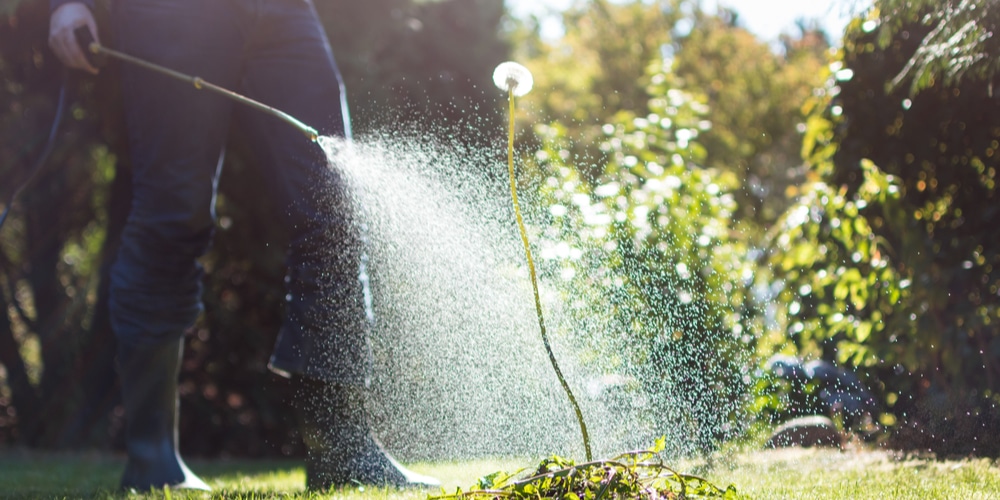
Tomatoes are ultra-sensitive to certain herbicides.
-
Aminopyralid/clopyralid in straw or manure: Can sneak into compost and mulch, causing cupped, distorted leaves and poor flowering.
-
2,4-D drift: From lawn spraying or a neighbor’s field can twist new growth and halt normal development.
Fix now:
-
Suspect contaminated mulch or compost? Pull it, replace with clean material, and top-water heavily over time to dilute residues. Recovery varies.
-
Suspect drift? Shield plants during nearby spraying, water deeply, and trim the worst-affected growth once new, normal leaves resume.
Pests and Disease That Indirectly Delay Flowers
Most pests don’t directly stop flowering, but they sap energy.
-
Thrips and broad mites: Tiny pests that deform new growth; severe cases can reduce flower initiation.
-
Root-knot nematodes: Cause galled roots and chronic stress, delaying bloom.
-
Viral diseases (like TSWV): Distorted, bronzed growth, poor vigor, and reduced flowering.
Fix now:
-
Scout weekly—flip leaves, check new growth, and inspect flower truss tips.
-
Targeted controls: Horticultural oils/soaps for small soft-bodied pests, sticky cards in greenhouses, and beneficial insects if you’re into bio-control.
-
Rotate beds next year if nematodes are a known issue, and consider grafted tomatoes on nematode-resistant rootstocks if it’s chronic.
Greenhouse & High Tunnel Tweaks
Protected culture changes the rules a bit.
-
Light intensity drops behind glazing or plastic. Provide the brightest bay possible or consider supplemental lighting if you’re in shoulder seasons.
-
Heat build-up during sunny days can be extreme. Vent, shade, and water to keep canopy temps in range.
-
Humidity runs high, which can delay pollen release (more about fruit set than flowering) and stress foliage.
Fix now:
-
Vent early on sunny days, add a simple shade cloth, and space plants generously.
-
Feed little and often; containers under cover dry at a different rhythm than you expect.
Container-Only Playbook
If your tomatoes live in pots, a few extra knobs to turn:
-
Upgrade pot size if you can (10–15 gallons is the sweet spot for full-size types).
-
Use a high-quality potting mix with drainage; avoid garden soil in containers.
-
Fertilize on a schedule—nutrients leach out with frequent watering.
-
Keep salts in check by watering until you get a good runoff every few weeks.
Myths You Can Skip (and What Actually Helps)
-
“Epsom salt makes flowers.” Only if magnesium is low—and that’s not the most common issue.
-
“Banana peels = phosphorus.” They’re mostly potassium. In soil, they break down slowly; use a balanced fertilizer instead.
-
“Coffee grounds for blooms.” Grounds are mild and best composted first. On their own, they won’t flip the flower switch.
-
“Shake the plants to get fruit.” That helps pollination once flowers exist. If you have no flowers, shaking does nothing—focus on sun, nutrition, temperature, and stress recovery.
Quick Diagnostic Flow (Fast Wins First)
-
Count sun hours. Less than 8 hours of direct sun? Move, trim, or reflect more light.
-
Check your fertilizer history. Been using high-N feeds? Pause them and switch to a bloom-leaning formula.
-
Feel the soil. Too wet or bone dry? Aim for even moisture and mulch.
-
Check pot size and spacing. Upgrade containers or thin plants for light and airflow.
-
Look at the weather. Heat waves or chilly nights can pause flowering. Give shade or cover as needed.
-
Scan for stress. Transplant shock, wind damage, pests? Support and let the plant rebound.
-
Consider pH and nutrients. Soil test if problems persist; adjust gently and avoid miracle cures.
-
Rule out oddballs. Herbicide drift or contaminated straw/manure? Remove suspect materials and water through.
What Flower Trusses Look Like (So You Don’t Miss Them)
Sometimes blooms are there—you just haven’t spotted the early signs.
-
Indeterminate types often set their first flower truss after 7–9 leaf nodes. It looks like a tiny branching cluster at a leaf axil.
-
Determinate types may push several trusses in a short window. Watch the top and sides of the plant for little star-shaped buds.
If you’re seeing clusters that never open, re-check heat and water stress.
Timing Questions: “It’s Late in the Season—Now What?”
-
North/Cooler regions: If it’s mid- to late-summer and you still have no buds, switch your focus to maximum sun, steady moisture, and a bloom-leaning feed. You might also top the plant (pinch the growing tip) in late season to encourage the plant to channel energy into forming and opening flower trusses rather than more vine.
-
South/Hot regions: During long hot spells, plants may “idle.” Keep them healthy with shade and water. Once nights ease back into the 60s–low 70s, bloom often resumes quickly.
Real-World Fix Scenarios
Scenario 1: Patio Jungle, Zero Flowers
You’ve been feeding weekly with an all-purpose 20-20-20 and the plant is a leafy beast in a 7-gallon pot.
Do this: Pause the high-N food, up-pot to 15 gallons, water to runoff to flush salts, and shift to a balanced or bloom-leaning liquid at label rates every 10–14 days. Add 2 inches of mulch. Tie the main stems to a trellis so inner nodes get sun. Expect flower clusters within 2–3 weeks once stress is gone.
Scenario 2: Ground-Planted, Afternoon Shade
Your plant gets only morning sun because a fence blocks the afternoon rays.
Do this: Train stems up and away from the fence, thin side branches to open the canopy, and set up a white board or reflective surface opposite the sun to bounce extra light in. If you can relocate a container plant even six feet into more sun, do it. Bloom follows the light.
Scenario 3: Heat Dome Blues
It’s been 95–100°F for two weeks and your plant just…stopped.
Do this: Provide 30–40% shade cloth from noon to 4 pm, water deeply every 2–3 days (containers daily as needed), and mulch. Don’t prune hard. When temps drop, flower trusses often appear seemingly overnight.
Tiny Tweaks with Outsized Payoffs
-
Morning sun beats evening sun. If you must choose, prioritize sunrise to early afternoon light for stronger daily photosynthesis.
-
Keep stems vertical. A simple trellis and soft ties prevent rub damage on forming trusses and help light reach the action.
-
Rotate liquid feeds. In containers, alternate clear water and fertilizer waterings to avoid salt buildup.
-
Kelp/seaweed as a tonic. Not a fertilizer replacement, but gentle support during stress periods can shorten recovery time.
Spot-the-Signal: Is It Flowering but You’re Missing It?
If you’ve got yellow starry blooms tucked under leaves, the problem isn’t flowering—it’s pollination and set. Different issue, different playbook:
-
Gently tap or flick open flowers at midday.
-
Keep humidity balanced and airflow steady.
-
Ensure adequate potassium in your feeding routine.
-
Avoid broad insecticides during peak bloom; they can disturb pollinators.
But if you truly have no buds forming, stick with the sunlight/fertilizer/temperature/water fixes above.
A Word on “Magic Ingredients”
You’ll hear about crushed eggshells, fish heads, molasses, and more. Fun experiments? Sure. Reliable bloom boosters? Not really.
-
Eggshells release calcium slowly and won’t affect flowering this season.
-
Molasses feeds soil microbes; overdone, it can create imbalances.
-
Fish heads work as a very slow fertilizer but can attract critters.
-
Your best magic: Great sun, steady moisture, balanced nutrition, and a plant that isn’t stressed.
The “Do This Today” Checklist
-
Give the plant the sunniest spot you have—aim for 8–10 hours direct.
-
Stop high-N fertilizers; switch to a bloom-leaning formula at label rate.
-
Mulch to keep moisture even; water deeply and consistently.
-
Treillis and tidy: Tie stems, remove a few low suckers (indeterminates), and improve airflow without scalping the plant.
-
Add light afternoon shade if temps are brutally hot; add light night protection if it’s chilly.
-
Up-pot if your container is undersized; choose quality potting mix.
-
Inspect for pests and correct gently; avoid blanket sprays during rebound.
-
Stay patient for 1–3 weeks after changes; flowering is a developmental decision the plant makes once conditions feel right.
FAQs That Save Time
How many flower clusters should I expect on a healthy plant?
Indeterminates will keep stacking clusters as the vine grows; seeing the first truss by node 7–9 is common. Determinates push several trusses in a tighter window.
Can I force flowers with a “bloom booster” immediately?
You can help, but you can’t force biology. A low-N, higher P/K feed supports flowering once light, temperature, and stress are in a good place. Fix those first.
Is it worth topping the plant to trigger flowering?
Topping shifts hormones and can redirect energy. It’s a decent late-season tactic when you need the plant to focus on the trusses it’s already forming rather than growing more vine.
What about foliar feeding?
Light foliar feeds can help if roots were stressed, but they’re supplements, not a replacement for balanced root-zone nutrition and good sun.
My neighbor swears by coffee grounds. Should I?
Compost them first. Straight grounds are mild and won’t switch a plant from leaves to blooms. The big levers are still sun, nutrition balance, temperature, and water.
Put It All Together
Tomatoes flower when three things line up: strong light, balanced nutrition, and low stress. If you walk your plant through those checks—sun hours, fertilizer balance, temperature smoothing, steady moisture, enough root room, and basic pest control—you’ll usually see the first trusses form soon after. From there, keep the rhythm steady, and your “leaf machine” turns into a bloom factory.
Now go give your plants the pep talk they deserve—and the sunshine and balanced feed they actually need.
Last update on 2025-06-06 / Affiliate links / Images from Amazon Product Advertising API
